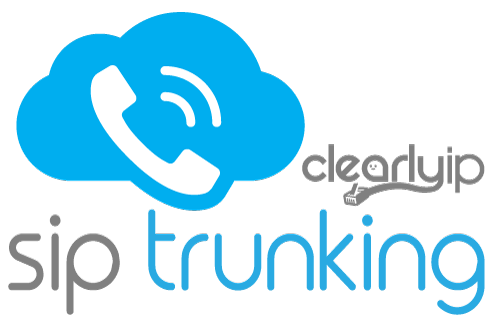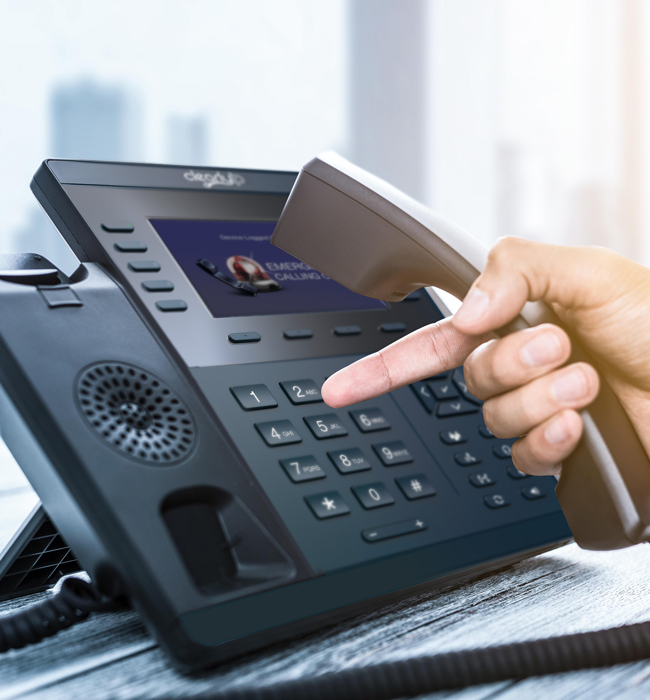Ray Baum’s Act
Ray Baum’s Act requires that first responders have the necessary information needed to pinpoint the “dispatchable location,” and quickly reach a 911 caller regardless of the device they dial from, or their exact location inside a large building. Whether the calling device is wired, wireless, on-premise, or remote, if it connects to an MLTS it will fall under the FCC’s enforcement.
Why is it Called Ray Baum’s Act?
RAY BAUMS is an acronym: Repack Airwaves Yielding Better Access for Users of Modern Services, named after the late Ray Baum, a lawyer and congressman who championed this telecommunications policy. The Act includes a much broader set of consumer protections to be regulated by the FCC, but Section 506 deals specifically with E911 compliance and defines new standards for multi-line telephone (MLTS) systems.

Ray Baum’s Act Requirements
RAY BAUM’s Act requires organizations of all types that operate enterprise phone systems to provide accurate location information to both onsite personnel and the public-safety answering point (PSAP) – which is the local emergency call center that responds to 911 calls.
“Under Section 506 of RAY BAUM’S Act, the Commission has adopted rules to ensure that “dispatchable location” is conveyed with 911 calls to dispatch centers, regardless of the technological platform used, including 911 calls from MLTS. Dispatchable location means a location delivered to the PSAP with a 911 call that consists of the validated street address of the calling party, plus additional information such as suite, apartment, or similar information necessary to adequately identify the location of the calling party. (47 CFR § 9.3.) For further information on dispatchable location requirements applicable to non-MLTS, including compliance timelines, see the Dispatchable Location web page.”
When Does It Go Into Effect?
First Phase
Wired Devices Onsite Coverage
Went into effect on January 6, 2021
Businesses using certain fixed MLTS, interconnected Voice over Internet Protocol (VoIP), telephony and telephony relay services, such as desktop phones, hard phones for contact center agents, conference room phones or equipment, had to comply with RAY BAUM’s Act to ensure that automatic dispatchable location information is enabled when any user attempts to place a 911 call through a fixed device.
Second Phase
Wireless & Mobile Offsite Coverage
Went into effect on January 6, 2022
Phase two now includes all business using non-fixed on-premise and off-premise phones as well. This includes devices such as mobile phones, laptops, or tablets that have a mobile or softphone application that connects through the PBX to make and receive phone calls as well as the traditional desktop phone. All PBX solutions must now be compliant with this law.
Who Does It Apply To?
If you (as an organization) owns, operates, rents, leases, or uses a hosted enterprise Multi-Line Telephone System (MLTS), RAY BAUM’s Act applies to you.
It is your responsibility to ensure that your system has an E911 solution that accounts for all devices, both “hard” and “soft.” (i.e Deskphones and Softphones). A simple rule of thumb is that if a device within your network can be used to place a food order, it must automatically send location information to the PSAP in the event of a 911 call.
For a full breakdown and enforcement timelines click here.
Public Safety and Homeland Security. (2020, December 2). Multi-line Telephone Systems – Kari’s Law and Ray Baum’s act 911 direct dialing, notification, and dispatchable location requirements. Federal Communications Commission. Retrieved October 3, 2022, from https://www.fcc.gov/mlts-911-requirements
Ray Baum’s Act Compliant Solutions

ClearlyIP SIP Trunking provides features that enable your organization to be Kari’s Law and Ray Baum Act compliant!
ClearlyIP’s Trunking provides Extensive e911 Location-based services in the US and Canada.
Learn More

